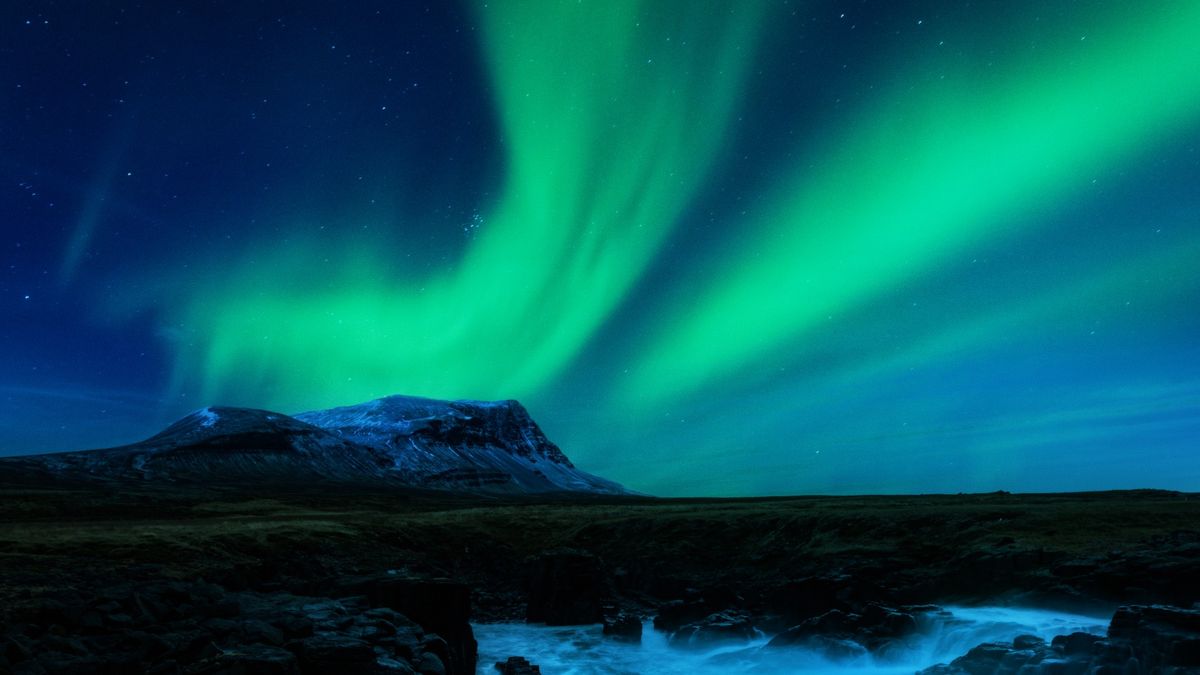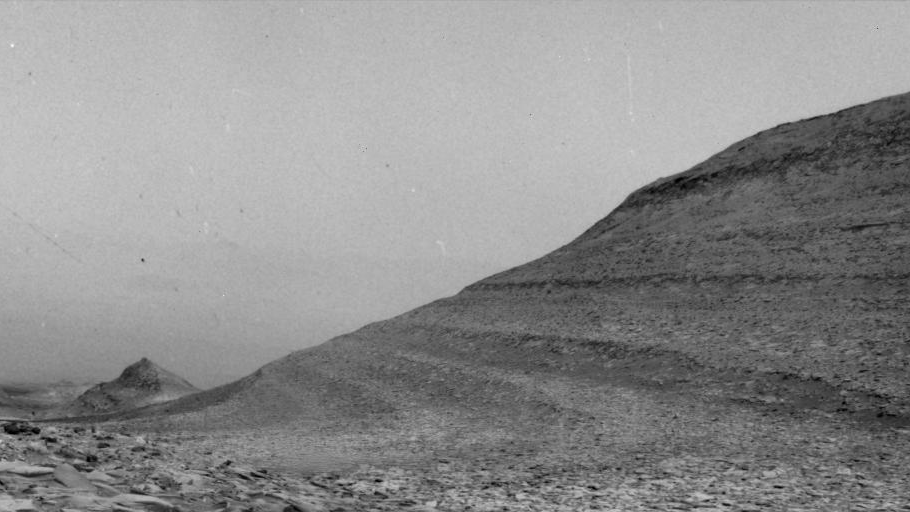Geomagnetic Storm Watch Upgraded to Level G 4 by NOAA’s SWPC
The National Oceanic and Atmospheric Administration’s Space Weather Prediction Center (SWPC) has heightened the geomagnetic storm watch for this weekend to a level G 4, which stands as the second highest on the scale. This adjustment comes as solar activity maintains high levels, with at least four coronal mass ejections (CMEs) heading towards Earth.
Issuing a watch at this magnitude is a rare event, but it is warranted when there is a high probability of multiple CMEs reaching Earth and causing “highly elevated” geomagnetic activity. Recent space activity has been notably busy, with numerous high-level solar flares and associated CMEs originating from several sunspot regions, amplifying the potential impacts of this solar activity.
Late Friday into Saturday is anticipated to be a crucial period, as these events could impact not only space but also Earth, affecting our satellite communication systems and the visibility of auroras.
According to the NOAA’s SWPC, CMEs, described as “eruptions of solar material,” can trigger geomagnetic storms as they approach our planet. The merging of these CMEs as they approach Earth is predicted to occur as early as late Friday, potentially causing significant effects.
Understanding the NOAA Space Weather Scale
The NOAA Space Weather Scale aids in communicating the possible impact of space weather conditions to the public, encompassing effects across the globe and on objects in low earth orbit (LEO). At the G 4 level, there is a heightened risk of widespread issues with voltage control and grid disruptions that could impact protective systems. Satellite and low-frequency radio navigation systems like GPS may experience disruptions, and spacecraft operations could face challenges related to surface charging and tracking.
A Triple Play! Back-to-back #solarstorm direct hits chase a third storm to Earth. First impact begins midday May 10. NOAA models show the direct hits should arrive by early May 11. Expect #aurora chances well into mid-latitudes. G2+ conditions possible. Expect #GPS, #HF radio…
Despite the potential disruptions, there is a silver lining for those hoping to witness the Northern Lights, as there is an increased likelihood of aurora sightings across parts of the U.S. this weekend. The current forecast suggests that the northern half of the U.S., particularly areas in northern Montana, Minnesota, Wisconsin, and most of North Dakota, have the best chances of viewing auroras. It is advisable to monitor updates from SWPC’s experimental Aurora viewline for the latest information on aurora visibility. Weather conditions and proximity to city lights will also influence visibility.
For real-time updates on the event, refer to The SWPC’s forecast discussion. Stay informed about breaking space news, rocket launches, skywatching events, and more!
Image/Photo credit: source url





